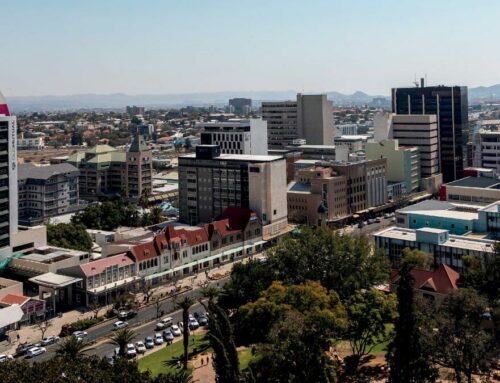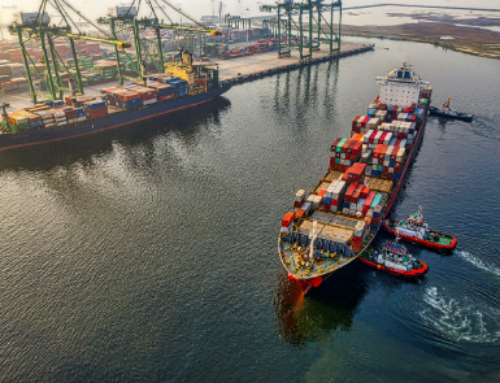Economic Pulse – December 2022
Looking back, 2022 was a year of ups and downs. The optimism that pervaded the start of the year faded as the Ukraine conflict escalated. Tightening monetary policy and rampant inflation in major developed economies renewed the uncertainty of economic recovery though mid-to-late 2022. And, as at the time of writing, markets are celebrating an inflation print of 7.7% in the world’s largest economy, a number that would have caused heart attacks on Wall Street on almost any other day in the last 50 years. 2022 has certainly been a rollercoaster ride, and recalling the “lowlights” might be easier than recalling the highlights, so we have to put together some Namibia specific highlights to rekindle your optimism as the festive season kicks in.
In January Shell announced that they had discovered oil offshore Namibia. Total Energies followed shortly thereafter with their own announcement of an even larger well. The oil discovered is light and feet, the good stuff, and the wells have the potential to be significant in volume. The challenge of relatively expensive extraction, kilometers of water and kilometers of drilling into the earth’s crust, will likely be dwarfed by the economic potential of these two projects. Or at least that is the expectation. Should this expectation materialise it would be the most significant economic event in Namibia’s modern history. Oil has the potential to endow Namibia with vast levels of wealth. And while extraction is likely to be a decade or so away, the discovery of oil will boost economic optimism for years to come.
In March Debmarine Namibia launched the Benguela Gem, the largest marine diamond mining vessel in the world. The new vessel was touted to add 500,000 high-quality carats to Namibia’s annual diamond output, an increase of over 30% on output in 2021. Diamond mining is a major contributor to GDP and government revenues and the addition of the Benguela Gem to the Debmarine fleet has likely added around 1.2% to Namibia’s GDP this year and more to government’s revenue. And these contributions will persist.
In light of the positive developments on the natural resources front it is timely that Namibia launched its sovereign wealth fund, the Welwitschia Fund, this year. This state-owned fund will consist of two separate accounts. The first is a liquid stabilisation account that will be used of both counteract the effects of negative macroeconomic shots and protect the foreign reserve position. The second fund is a longer-term intergenerational savings account. The Bank of Namibia, under the jurisdiction of the Ministry of Finance, will manage both accounts. These vehicles promises to enhance the longevity of the economic benefits from natural resource assets and should be used to preserve the proceeds of oil and other extractive activities for future generations.
Of more significance in the near term is the fact that Namibia is having a noteworthy year in terms of government revenues. The mid-year national budget review indicated that preliminary revenue stood at N$30.4 billion, and that revenue for the 2022/23 financial year was subsequently revised up to N$64.06 billion. Should the revenue expectations transpire it would be the highest government revenue that Namibia has achieved by quite a large margin. And this despite real GDP not yet reclaiming prior highs. This increase in revenue means that government has a smaller budget deficit to fund and that slightly less debt will be issued during the year than projected. This may be a small step in the right direction, but it is progress nonetheless.
The recent COP27 climate summit provided further signs of progress, this time in terms of Namibia’s ambitions to play a pivotal role in the global green energy transition. Government representatives announced at COP27 that Namibia had secured €540 million million towards these ambitions. This follows last year’s announcement that the Namibian government had awarded a preferred bidder, Hyphen Hydrogen Energy, with respect to the country’s ambitions of becoming home to a giga-watt scale vertically integrated green hydrogen project. The willingness of international financiers to support Namibian green energy initiatives seems to be gaining momentum as international pressure to reduce emissions mounts. Namibia’s geography and climate make it well suited to playing an important role in cost effective green hydrogen production, and thus in assisting consumers of green hydrogen in achieving their climate goads. Globally financing for climate related projects is increasing, and Namibia is well poised to benefit from such funding through the development of its renewable energy industry.
The future looks bright. While the short term can be a rollercoaster ride of good and bad news, keeping an eye on long-term progress aids in maintaining perspective. With that we wish you a refreshing holiday season and an optimistic start to the new year.
Article by Eric van Zyl, Managing Director Designate at IJG, an established Namibian financial services market leader. IJG believes in tailoring their services to a client’s personal and business needs. For more information, visit www.ijg.net.








